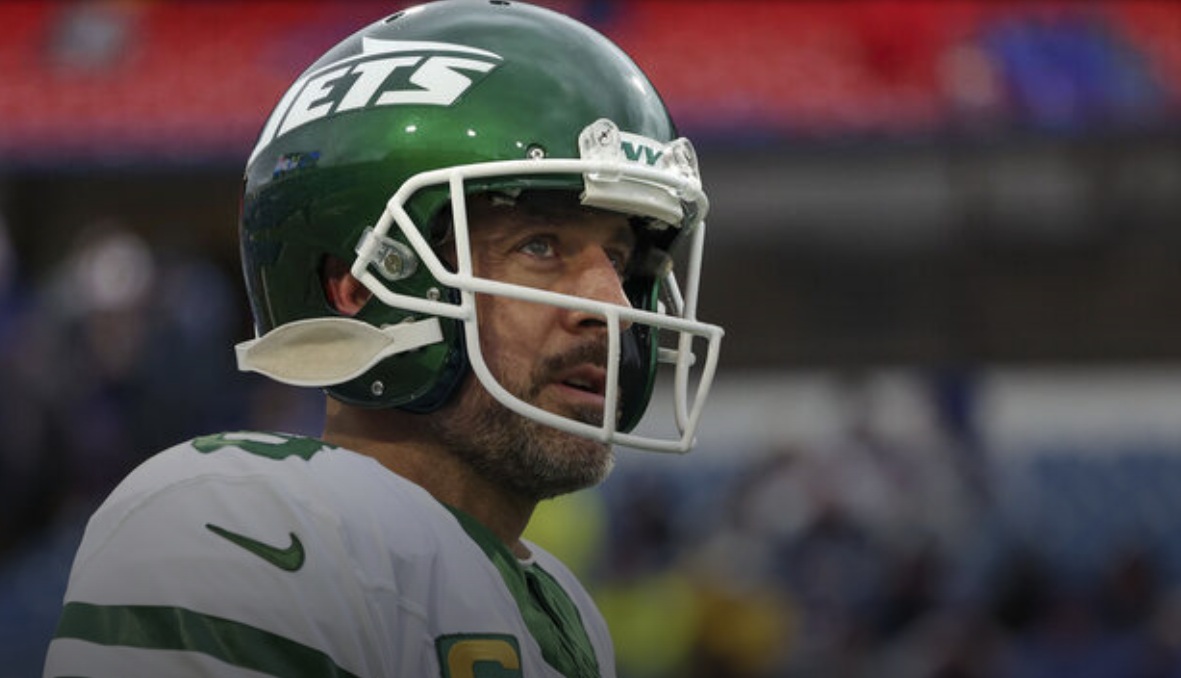As more and more footballers report sports-related concussions and head injuries, the Football Association (FA) has announced a new series of concussion guidelines. These quite literally game-changing guidelines state that footballers who sustain suspected concussions, whether in training or during a match, must leave the pitch and return only when they have received the appropriate treatment. The FA’s guidance is based on best practices from around the world and the growing evidence of the possible connection between repeated head impacts and the later onset of neurodegenerative disease.
The Drake Foundation is behind some of the research that is uncovering potential links between concussion in football and neurological diseases. Here, we’ll look at what a concussion is, how the FA’s concussion guidelines are improving safety practices in football, and the research that the Foundation has funded to pave the way for change.
What Is a Concussion?
A concussion is a brain injury that can cause symptoms like headaches, dizziness, loss of balance, and loss of memory. However, a loss of consciousness doesn’t occur in many cases, so head injuries aren’t always identified or treated appropriately. But concussions and other head injuries have been linked to long-term neurological problems, and the damage they cause can go unseen for years.
The FA’s Concussion Guidelines
The FA’s new advisory guidelines apply at all levels, from grassroots to professional football. These rules enable the improved management and care of head injuries across English football to make the game safer for all players. The Association has designed the guidelines with its Expert Panel on Concussion and Head Injury to assist doctors, clubs, schools, and parents, helping these individuals know how to respond appropriately when players suffer head injuries. The guidelines explain that those responsible for a football match or training session should refer any players who sustain head injuries to a healthcare professional for a medical diagnosis and advice.
Dave Reddin, the FA’s head of performance services, says: “We have been very fortunate and I am very grateful that we have had the combined expertise of an international expert panel in reviewing and revising our guidelines. This allowed us to take viewpoints from inside and outside the game… As a result, I feel we have a comprehensive set of guidelines for all levels of the game which will help to keep football safe.”
“The paramount priority for The FA is player safety, and so the publication of these concussion guidelines is integral to achieving an unprecedented high level of care and safety for players at all levels,” adds Dr. Ian Beasley, The FA’s head of medical services. “Playing football has been shown to promote good health, and so by making the game safer, we will hopefully increase participation and thereby boost the health of the nation.”
The FA has created a free digital download of its concussion guidelines.
The Drake Foundation’s Concussion in Football Studies
The Drake Foundation has funded four studies that uncover insights into the short- and long-term effects of head injuries in football. These studies make up some of the research that has informed change in the game of football.
Understanding Football Concussions Through Research
The Drake Foundation is committed to funding studies and resources that provide a greater understanding of concussion in football and other sports-related head injuries. Its research contributes to the growing evidence of links between head impacts and brain health outcomes to pave the way for healthier sports practices. Since 2014, the Foundation has invested over £2.2 million into this research.
You can view the original article HERE.






























:quality(85):upscale()/2025/04/01/828/n/1922564/9432574867ec361a713285.06370027_.jpg)
